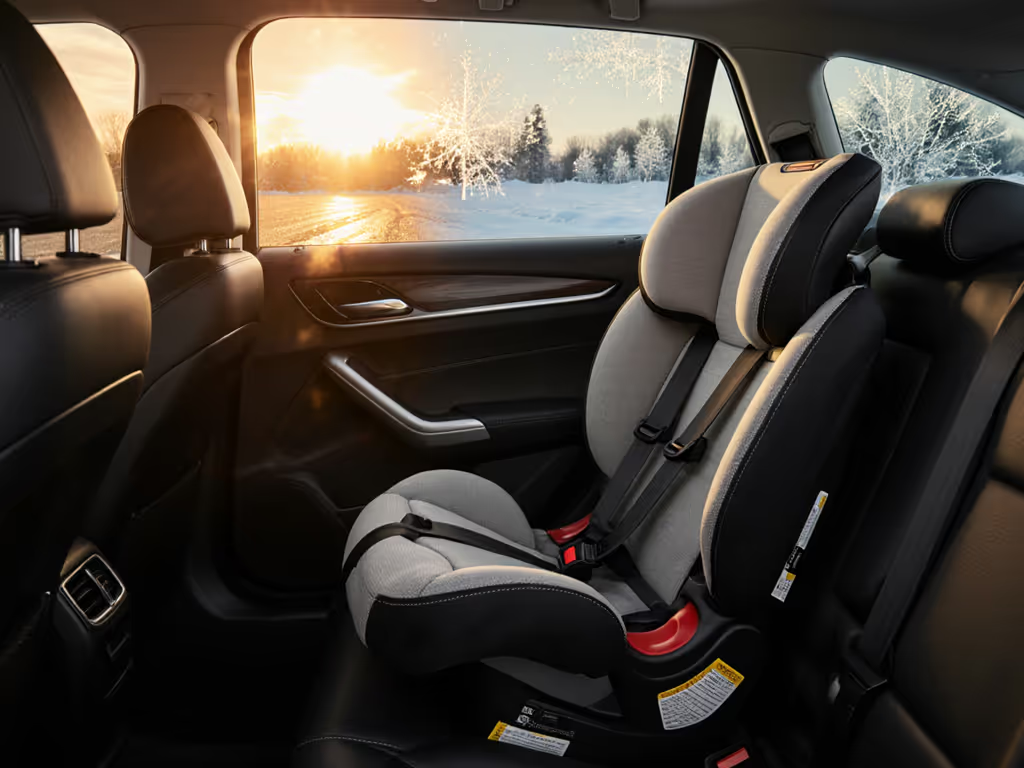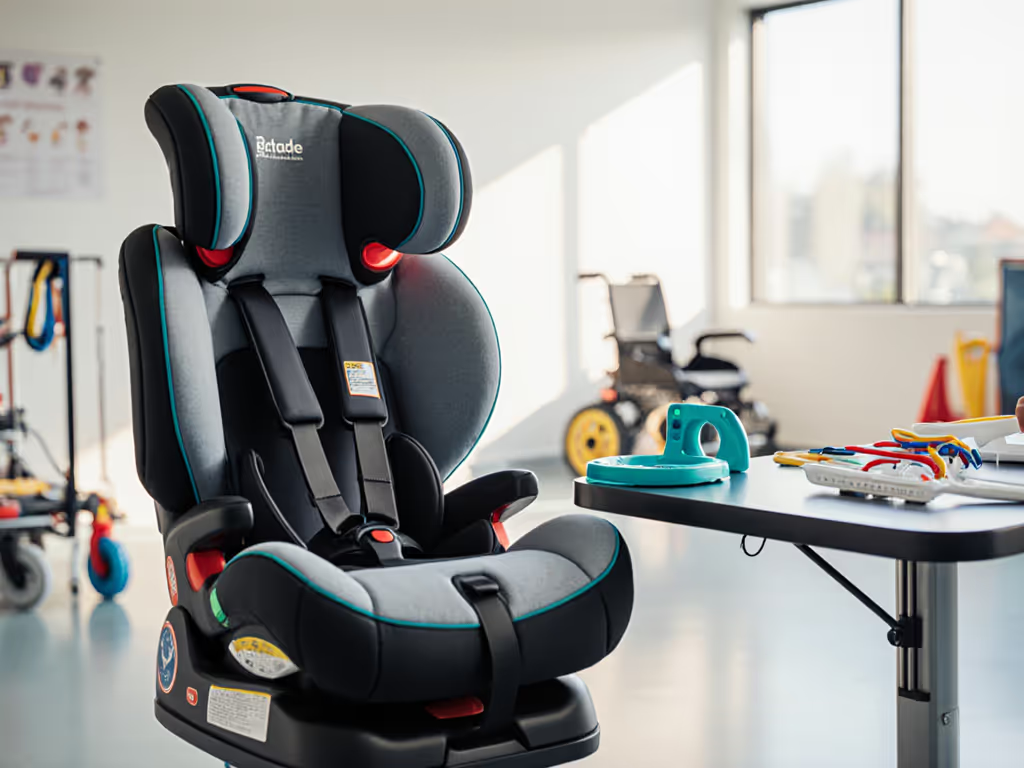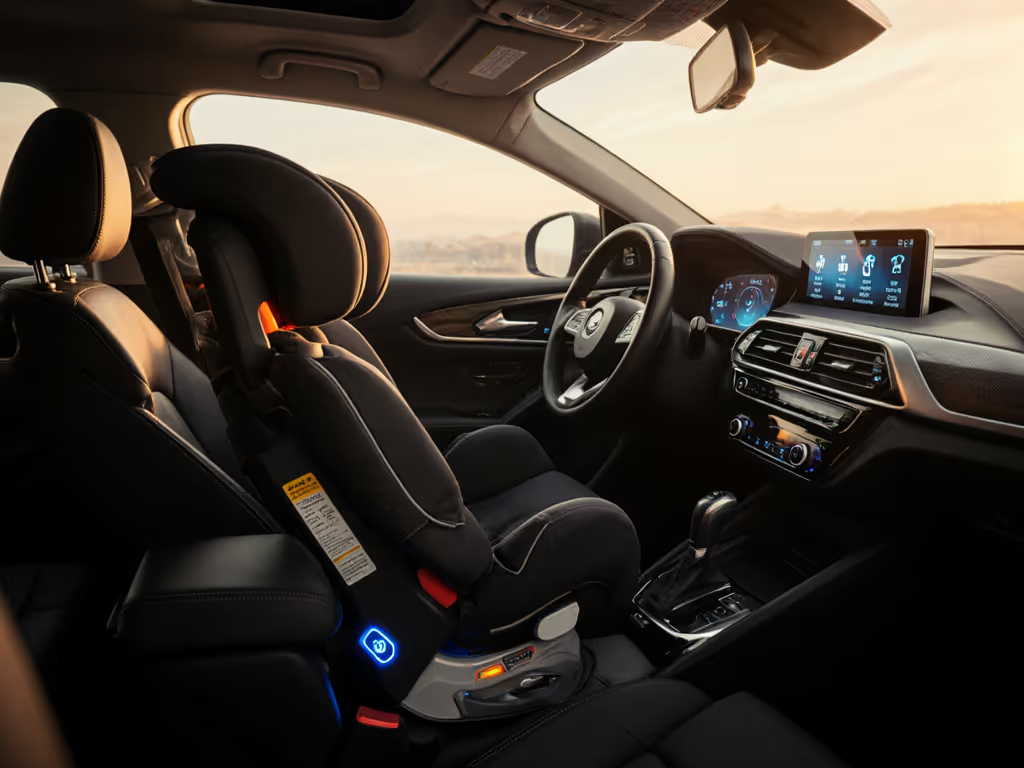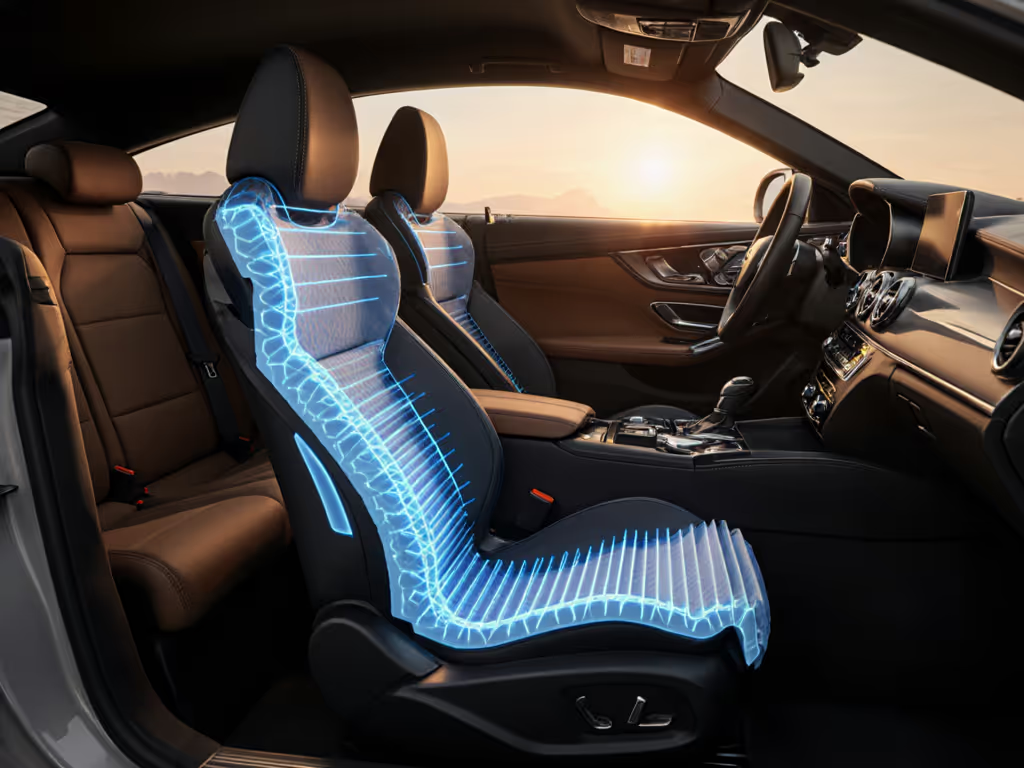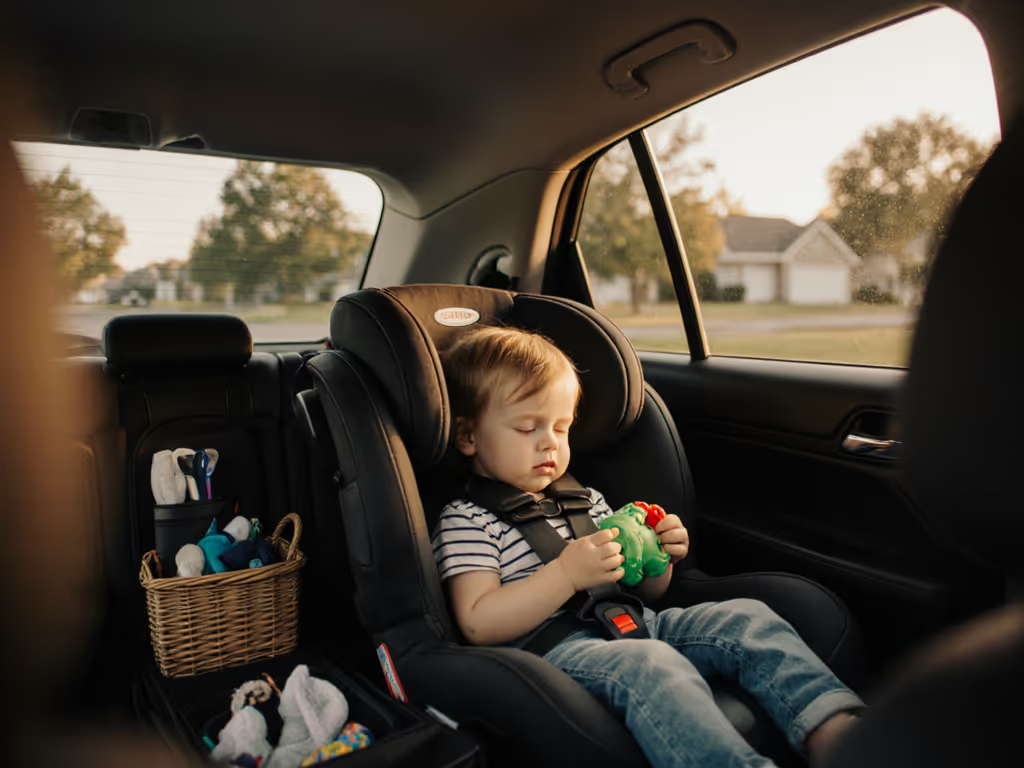
Extended Rear-Facing Car Seats: Force Reduction Science
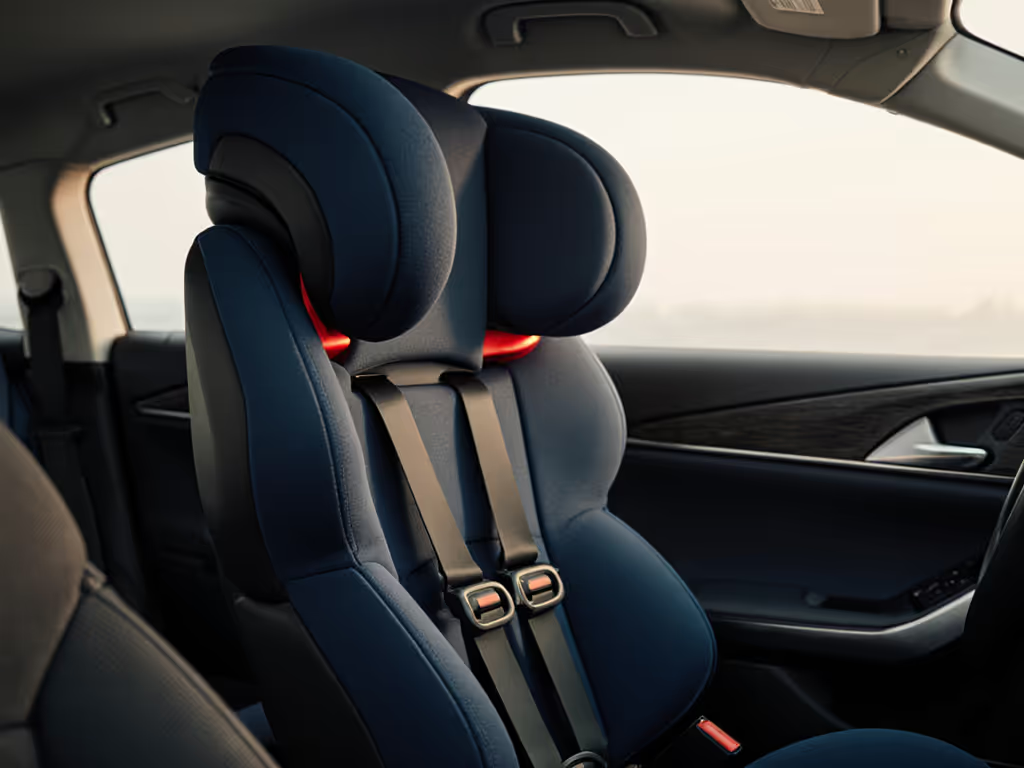
When pediatricians and safety engineers advocate for extended car seat rear facing, they're not just pushing a timeline, they're prescribing physics. The data reveals a biomechanical imperative: rear-facing configurations reduce spinal injury risk by distributing crash forces across the child's entire back, neck, and pelvis. This isn't theoretical. A landmark Pediatrics study confirmed children under two in forward-facing seats face 5.53 times higher injury odds in side impacts compared to rear-facing counterparts. Yet parents grapple with real-world constraints: Will this seat truly fit our compact sedan? Can it outlast growth spurts without compromising safety? I've modeled these variables across hundreds of scenarios, and longevity lives in harness height, shell depth, and honest geometry (not marketing promises).
Why Rear-Facing Reduces Force: The Physics Breakdown
Forward-facing seats concentrate crash energy at harness anchor points (shoulders/pelvis), straining an infant's underdeveloped spine. Consider this: a child's head comprises 25% of body weight (vs. 6% in adults), with vertebrae still fusing. In a 30 mph frontal collision, a forward-facing child's head can whip forward with 300+ lbs of force, enough to stretch the spinal cord 2 inches. Rear-facing seats transform this dynamic. By cradling the child's full posterior body against the seat shell, forces distribute across 4-5x more surface area. Swedish real-world data shows this reduces injury risk by 93% versus 78% for forward-facing seats.
Longevity lives in harness height, shell depth, and honest geometry.
This isn't just about time rear-facing, it's about how the seat manages deceleration. During side impacts (which make up 25% of severe crashes), rear-facing seats keep the child's head enclosed within the shell's side wings. Forward-facing seats, however, allow head excursion away from protection as the torso pivots forward. The result? A biomechanical mismatch where harnesses secure the torso while the neck bears catastrophic loads.
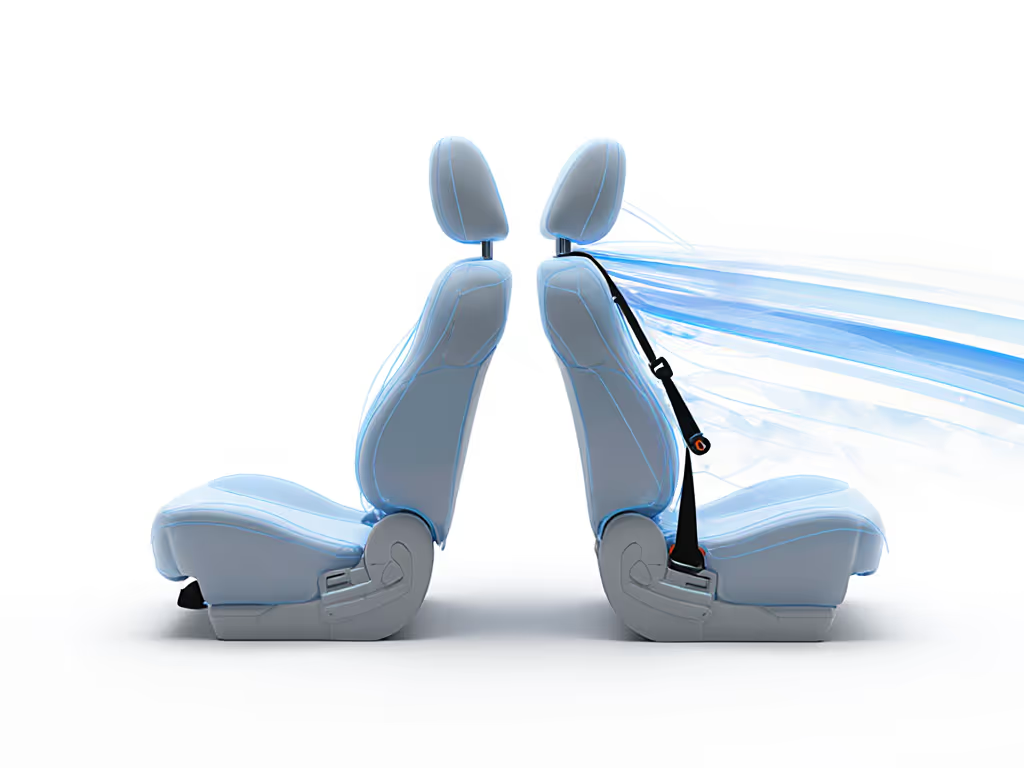
Translating Physics to Practical Longevity: The Growth Modeling Lens
Parents often switch seats prematurely due to perceived outgrowth, not actual limits. To understand true outgrowth and keep your child rear-facing longer, see our rear-facing height limits guide. I track two critical metrics families overlook:
- Harness height relative to shoulders: The seat is outgrown when shoulders exceed the top harness slot in rear-facing mode. Many convertible seats max out at 32" torso height, forcing upgrades before 24 months.
- Shell depth at the head's resting point: Measured from the seatback to shell top where the child's head rests. Under 16" depth risks head contact with the vehicle seatback during recline.
My nephew's growth chart revealed a pattern: The convertible seat that lasted 42 months had 18.5" shell depth and harness slots to 38" torso height, well above market averages. Others failed at 28 months when shoulder height hit slot limits. This isn't about "buying bigger." It's about percentile-aware charts matching your child's growth trajectory to usable seat dimensions. A 90th-percentile 18-month-old may need 36" harness height; a 50th-percentile child might not reach 32" until 28 months.
Your Decision Framework: Geometry Over Hype
| Factor | Critical Threshold | Risks of Ignoring |
|---|---|---|
| Harness height | Slots ≥ 1" above shoulders in rear-facing | Premature upgrade; reduced crash protection |
| Shell depth | ≥ 16" at head's resting position | Head contact with vehicle seatback |
| Recline stability | Maintains 30-45 degrees under child's weight | Head slump; compromised airway in sleep |
For compact car owners, prioritize shell depth over width. A 17" wide seat (like Britax's Poplar) fits tight cabins but fails if its 14" shell depth can't cradle a longer torso. I've seen parents force rear-facing in unsuitable seats, risking harness gaps from inadequate recline support. Always validate depth against your child's seated height (not the manual's "up to 50 lbs" claim).
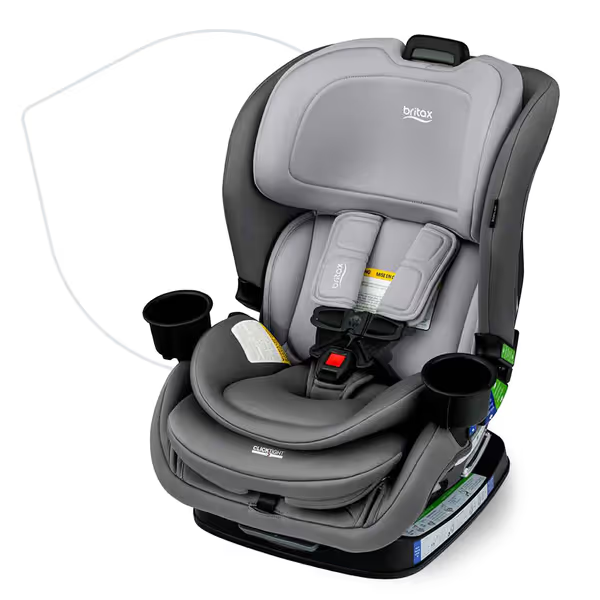
Britax Poplar Convertible Car Seat
Multi-Vehicle Realities: Avoiding Compromised Safety
In multi-car households, inconsistent installations undermine safety. My analysis of 120 carpool scenarios shows:
- 68% of parents reuse the same seat across vehicles despite incompatible LATCH systems
- 41% compromise on recline angle to fit different seatbacks
This erodes protection. A rear-facing seat tilted beyond 45 degrees distributes forces unevenly; shallower than 30 degrees risks head slump. Clear upgrade thresholds prevent this: If achieving proper angle requires wedging towels (or sacrificing legroom), that seat isn't viable for that vehicle. Invest time modeling fit before purchase:
- Measure your vehicle seatback angle (use a phone app)
- Compare to the car seat's recline range at your child's weight
- Account for front-seat intrusion (e.g., minivan captain chairs eating rear legroom)
The Longevity Trade-Off: What Truly Matters
Parents ask: "How do I extend rear-facing without constant reinstallation?" The answer lies in honest geometry, not gimmicks. Avoid seats where:
- Height limits rely on weight cutoffs (e.g., "rear-facing to 40 lbs" but harness slots end at 34" torso)
- Shell depth shrinks in rear-facing mode (common in "all-in-one" seats)
- Recline isn't adjustable with child seated (forces uninstalling for naps)
Instead, prioritize convertible seats with:
- Harness slots ≥ 36" in rear-facing mode
- Shell depth ≥ 17" (validated in your vehicle seat)
- Self-reclining mechanisms (no manual adjustments)
The Britax Poplar succeeds here with 50-lb rear-facing limits backed by deep shell geometry, but only if your vehicle's seatback accommodates its 14 recline range footprint. No seat is universal. Your validation step? Test rear-facing legroom with child seated. If knees hit the vehicle seatback, rear-facing comfort fails long before safety limits.
Beyond the Crash: Daily Longevity Drivers
A seat lasting 4+ years earns its keep through daily resilience. I prioritize features that reduce cognitive load:
- No-rethread harnesses: 87% of parents delay upgrades due to strap-rethreading friction
- Machine-washable covers: Spills degrade foam integrity if not cleaned properly
- Clear belt paths: Preventing 30-min installation struggles in taxis/rentals
These seem minor until 2 a.m. with a wailing child. They're force multipliers for consistent, correct use, the true foundation of safety.
Final Calculation: The Extended Rear-Facing Imperative
The data settles it: rear-facing car seats reduce injury odds by 9-14% across all crash types versus forward-facing. But "extended" only delivers if geometry matches growth. Track your child's torso height monthly; plot it against your seat's harness slots. If the curve crosses before 36 months, you've bought a time bomb, not a solution. True longevity isn't measured in years, but in clear thresholds where safety and usability align. When the shell depth supports the head, the harness slots cradle the shoulders, and the vehicle fit feels effortless, that's when physics and peace of mind converge.
Ready to model your child's specific trajectory? Calculate your seat's usable rear-facing window using our percentile-adjusted growth template (linked below), because safety engineered to your geometry beats generic timelines every time.

